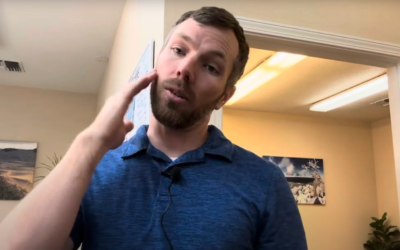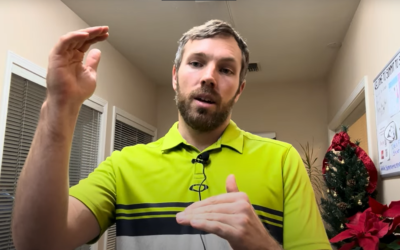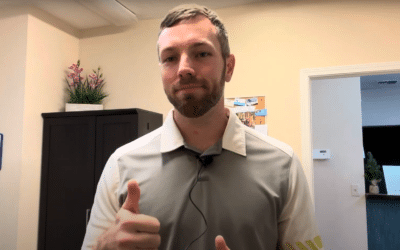Here are 3 steps that will help you improve your balance training and why it is important to work on.
The word for the day is proprioception. Proprioception is our awareness of where our body is in space. For example, I can have my hand behind my head and I know where it is without having to look at it. We have a system in our body and brain that will continually give our brain feedback of where our body is in space. One benefit of that is it will help us not get injured and the other aspect is just knowing where we are and how to function. The two big concerns with this system is that it will decrease as we age and when we get injured. At times where seasons are changing, skiing and snowboarding to biking and hiking kind of activities, there is a change in the activities we commonly perform and transitions times of the year are times where people get injured because their bodies aren’t ready for the new activities, and that includes balance. Balance training can be really easy to do and can help with injury prevention and keep you moving the right way.
Step 1: Consistency. When you compare trying to change nerves and pathways, such as balance, with trying to change muscles, consistency makes a big difference. Nerves would benefit more from doing things 1 to 5 minutes everyday and muscles benefit more from say 60 minutes in a day and then rest 48 hours and before repeating that activity. If you are planning on doing this for once a week for 30 minutes a day, it isn’t a complete waste of time, but you are going to get very little improvement from that type of program.
Step 2: Progression. For basic balance on lower extremity or back type work this is an easy progression you can complete. First step would be lifting one leg and balance on one leg. If you can do that, great. Now make it more difficult by closing the eyes. This will help some of that proprioception. Then when closing the eyes seems simple, progress to something like a pillow or unstable surface and do the same progression of balance on one leg and then closing the eyes, all while trying to maintain for at least 30 seconds.
Step 3: Functional Progression. Everyone will be a little different here depending on what type of activities they are trying to get into. A common one that we will go over is a basic jumping and landing. A bad example first would be when you jump and your knees dive in, whether on the jump or landing isn’t good. This is a really common injury pattern that you want to avoid. Sometimes this knee caving in has a weakness involved and sometimes it is just a bad pattern. A good example would be jumping and landing with knees right over the feet. This position is much better on the knees and back. You are much less likely to have injuries with that type of landing position, with the knees over the toes. The other example would be jumping side to side. Again, try and keep the knees from diving inward towards the inside. Some of those patterns can be just bad patterns that have to be trained out. If you have been injured, it has probably changed and needs help to be changed back to get you back to what you love to do around Lake Tahoe.
Tahoe’s Premiere Sports Chiropractor
Follow us on
Facebook https://www.facebook.com/summittoshore/
Instagram https://www.instagram.com/summittoshore/





